The day Sonos ceased to be a positive example
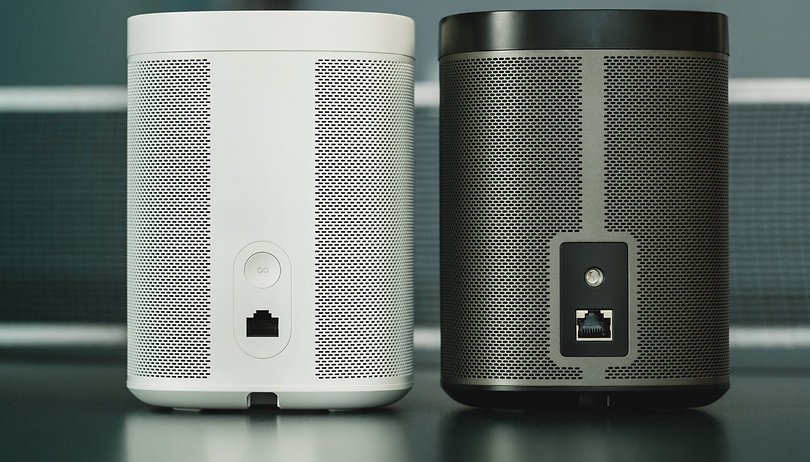

If any manufacturer has established itself as The Brand in the wireless speaker market, it is Sonos. The manufacturer is now in the process of dismantling this reputation. This is because some of the multi-room speakers and amplifiers still in active use were declared obsolete overnight. Failure to update software can cost loyal customers several thousand dollars or a large part of the functionality - and above all data security.
The brave new world of the Internet of Things recently received an unpleasant message. Thousands of Sonos customers have been notified by email that Sonos speakers and accessories for the models...
- Zone Player
- Connect
- Connect:Amp (2006 series; sold until 2015)
- Play:5 (1st generation from the year 2009)
- CR200 (2009)
- Bridge (2007)
... would no longer be provided with software updates as of May. In the same (!) press release, Sonos proudly announced that 92 percent of products ever sold are still in use. Most of them have a permanent internet connection and need it for basic functionality. Without updates, these devices become gateways for cybercrime.
Update: Sonos CEO apologizes
After Sonos was heavily criticized, the company published a statement from CEO Patrick Spence, which not only made an apology for the way it handled things, but also made an important promise: "First, rest assured that come May, when we end new software updates for our legacy products, they will continue to work as they do today. We are not bricking them, we are not forcing them into obsolescence, and we are not taking anything away."
"Secondly, we heard you on the issue of legacy products and modern products not being able to coexist in your home. We are working on a way to split your system so that modern products work together and get the latest features, while legacy products work together and remain in their current state."
What had happened before
The manufacturer had originally given gives customers with the above-mentioned devices two choices:
- Just keep using the devices, even if they soon have open security holes.
- Exchange them at Sonos and get a 30 percent discount when you buy new equipment.
Neither of the options is attractive. And both options are a slap in the face for Sonos customers and the rest of the world.
If you choose the first option, your newer Sonos speakers will be taken into custody starting in May 2020 and will not receive any further features or security updates in Legacy Mode. Because Sonos' entire concept was based on buying multiple speakers from the manufacturer for different rooms to create multi-room setups, the most loyal customers are punished the hardest.
If you choose the second option, your well-functioning speakers are sent to a notoriously inefficient recycling process. In addition, you buy completely new speakers, spending unnecessarily in the process. You'll link these to the rest of the new Sonos speakers, which in turn could get killed by the Sonos' software department at any time.
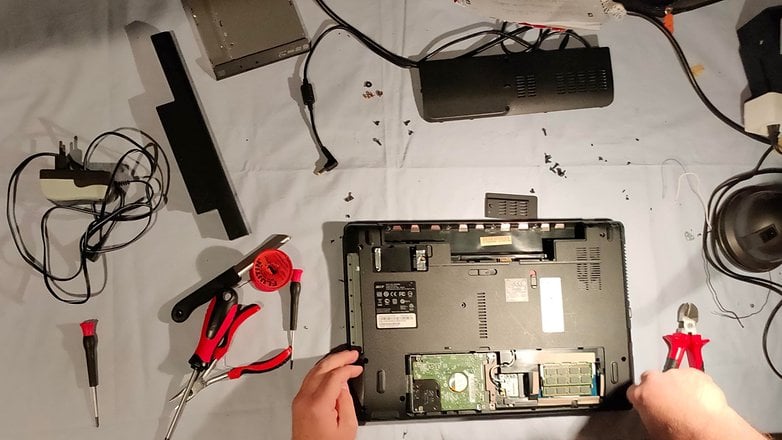
Obsolescence hasn't been this ugly for a long time
Sonos' arguments may be true. The manufacturer explains the decision by saying that the old equipment is no longer technically up to the coming challenges. However, this does not explain why the manufacturer then does not offer an upgrade service for the affected components. After all, even with the new speakers, the amplifier and speaker part would not be much different from the previous models.
It's not the first time this year that Sonos has shown its true colors. The market for smart, Wi-Fi-enabled speakers is growing, not least because Google is taking an open approach with its cast software and enabling multi-room systems with speakers from different manufacturers. However, Sonos has patented key elements of this technology and is now suing Google over it. Amazon has also misused Sonos' technology without respecting applicable patents.
The manufacturer apparently not only wants to mark out its territory but also to wall its users in it. And as we have now learned, once investments have been made in the ecosystem, they are not of lasting value either.
An alternative (way of thinking) must be found
So Sonos is one of a large group of companies that don't really sell us devices we then own. We may only enjoy them for a while until the manufacturer either makes them unusable or makes their use so inconvenient that we voluntarily replace them. The answer to this problem would be more user control. And this could be improved in two ways:
1. Minimal waste: separate replacement of the critical component
The speakers are an excellent example of how Sonos could support its customers in the long term. In the current example, the manufacturer complains that the RAM and CPU of the old devices would no longer be sufficient for newer software. Then why doesn't Sonos make these components individually interchangeable? It would be nice if we could separate the compute module from the housing in future generations of devices. If necessary, Sonos could also offer a service to have the exchange done professionally.
The planet would thank them, after all, this way the inefficient disposal of old equipment and the resource-intensive production of a completely new product are eliminated.
I also don't expect Sonos to lose sales because of this. On the contrary: with these "loudspeakers for life" the manufacturer would gain the trust of a much more willing-to-pay customer.
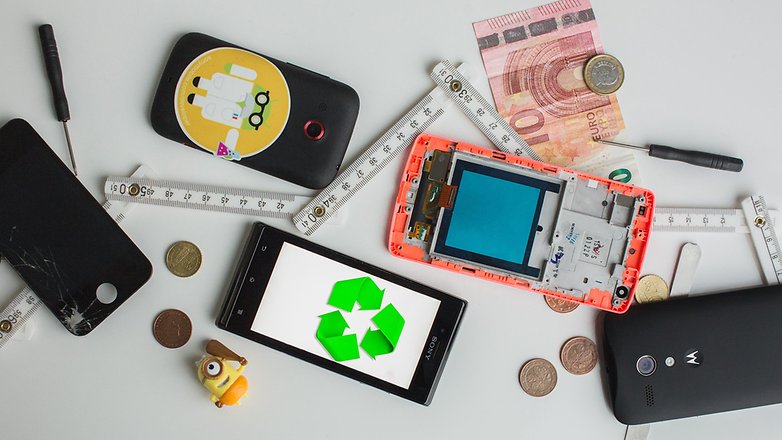
2. Release the software
My second proposal is unfortunately illusory. There are few examples where manufacturers have released their devices declared obsolete for subsequent use. What do I mean by that? As a positive but unfortunately short-lived example, I can mention Samsung. Its upcycling effort revolved around the millions of old smartphones and tablets that no longer received Android updates.
For the first time, the manufacturer had a coder install any software on the old devices. This is atypical because Samsung, like almost all other technology manufacturers (including Sonos), gives the user zero control over the software of a product. In theory, Linux could be installed on old smartphones (or smart speakers) and used for all kinds of software projects. In practice, this fails because manufacturers program obscure locks. And that's exactly the kind of lockdown Sonos should be releasing now for the old units.
And then there's the security risk
Returning to the "Legacy Mode" proposed by Sonos, Philipp Sommer, Deputy Head of the Environmental Service Sector at Deutsche Umwelthilfe, comments:
"If politicians do not take countermeasures soon, the Internet of Things will develop into an ecological disaster. In the smart home, more and more electrical devices are being networked with each other or the Internet. [...] Without the updates, the devices can no longer be used properly and serious security gaps arise. Without the security updates, users risk, for example, that their personal data on the devices can be read over the Internet."
The Sonos case is a particularly serious breach of trust, as the manufacturer was previously regarded as a class leader in long-term maintenance. Now it is one of many disposable device manufacturers. Sommer argues that the legislature must intervene, because ...
"What's especially bad for customers is that they usually don't know how long the manufacturer will provide software updates at the time of purchase. How is the customer supposed to make a reasonable purchase decision if he does not know how long the software will be updated? […] The policy must enforce a "right to repair", which obliges manufacturers to provide spare parts and software updates for the expected lifetime of the equipment, but at least for 7 years from the end of production. In addition, the customer must already be aware at the time of purchase how long he can expect technical support and updates. If the manufacturer no longer provides updates, then he should at least have to disclose the source code so that committed people can program updates themselves."
Conclusion: Sonos is no longer a positive example
Twitter is currently running hot with the hashtag #sonossucks. The manufacturer has not only scared away loyal customers. It also scared away potentially interested parties. They will now prefer to use a similarly good sounding, but much cheaper competing product - if Sonos doesn't complain about its functionality. Sonos has undermined the overall ecosystem character of its brand and is now trying to do the same with competition from Google and Amazon.
The Legacy Mode is proof that the manufacturer does not take the data protection issue seriously, in addition to the ecological issue. Unfortunately, Sonos is not even becoming a negative example. It just stops being a positive exception. And that's even sadder.






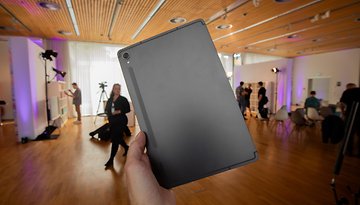

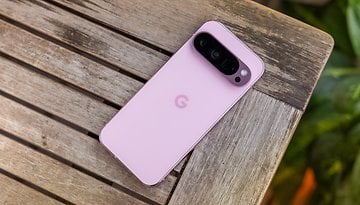
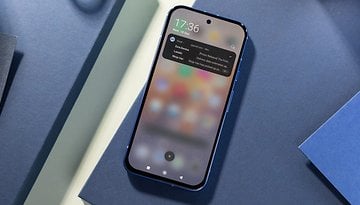




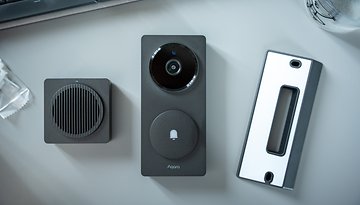





I got wind of this around when my Sonos 5 stopped working, I don't know why so I just unplugged then I started getting emails from Sonos to buy a replacement. Two weeks I was asked from Telstra if I wanted a Google Mini that is what I have been using lately and love it. I loved mi Sonos 5 it had a loud bark!! Cheers, stay safe.
I've said it many times. These products have no upgrade path. It's wasteful, shortsighted design. And poorly planned purchasing on the customer's part.